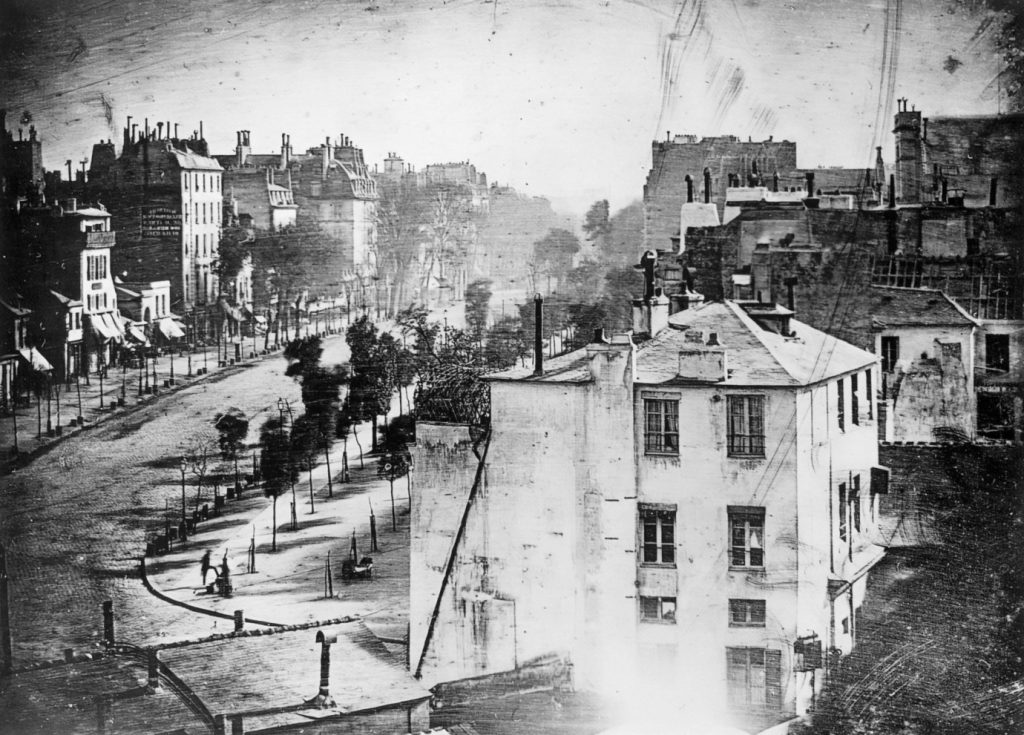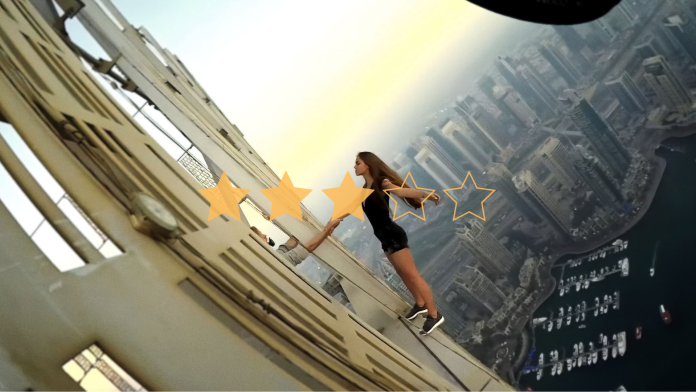After having filmed a reproduction of the coronation of Edward VII, filmic magician Georges Méliès presented his piece to the monarch. And the King Said, What a Fantastic Machine, the alternative title to this documentary, gives us Edward’s response, a distilled moment of wonder from a powerful figure, evidently salivating at the potential force held in this machine.
★★★☆☆
The device in question is the camera, the subject of Axel Danielson and Maximilien Van Aertryck’s documentary which follows its path from magical device to political weapon. The documentary acts like a clip-show, flitting from viral video to news coverage, unrelentingly leaping from one decade to the next, to create a piece which is entertaining and, at times, enlightening. However after adjusting to the hyperlinking mobility of the film, it becomes clear that this piece struggles to anchor any provoking thoughts in the mind of the viewer, instead lightly tickling the senses to an enjoyable, but unsatisfactory, degree.
Fantastic Machine begins with perhaps the only original footage used in the film. A booth has been set up in a shopping centre, a looming, black, veiled box for people to step into. This camera obscura bends light in order for those inside the box to see what is outside of it, amazing visitors despite all of them likely having camera phones in their pockets. Flashback to 1826, and Joseph Nicéphore Niépce is achieving the first ever photograph. Appearing like an ultrasound image, this photograph of Niépce’s window is heralded as something akin to magic by the filmmakers.
The emotional connection between these moments, however, is construed into something naïve by the gaping temporal gap stretching between them. From this point, the documentary begins to spiral, careering from the early days of films depicting trains pulling into stations to streamers sleeping and Isis blooper-reels. It is an exhilarating ride, partly scored by the go-to classical piece for exacerbating chaos, ‘The Hall of the Mountain King’.

Seatbelts are definitely required, with the first half of the film hurtling through hilarious viral videos interspersed with harrowing war photography. The video of the hapless Guy Goma mistakenly landing himself on a live interview on BBC news and having to pretend to be an internet expert is classically funny, akin to the banana skin waiting to trip a passerby. However, tears of laughter quickly turn bleaker when presented with photographs of the Haiti earthquake from 2010, one in particular of the body of a young girl, splayed amongst the rubble, being discomfitingly affecting. When Danielson and Van Aertryck flip this to reveal the gaggle of photographers hunched over the girl’s body, snapping away for the money shot, it is difficult not to look away in horror. These sort of high G-force, emotional hairpin turns characterise the method in which the filmmakers trail the history of the camera, blankly shifting from humour to horror much like the shutter snapping over a lens.
But this effect only has so long a shelf life. The sickening duality of the camera as a deceitful reality-catcher is realised at about halfway through the film. So where next? Sadly, Danielson and Aertryck don’t seem very sure of this, instead choosing to continue winding through heaps of examples of contrasting, shocking uses of the camera. From Donald Trump to SWAT teams getting called on streamers, Danielson and Aertryck relish the weird variety produced from this fantastic machine. But it almost becomes self-gratifying, like entering a doomscrolling hole on TikTok. It doesn’t take long to become numb to the content washing over you, the once intense curves from comedy to catastrophe barely registering.

This is because Fantastic Machine doesn’t attempt to look at the bigger picture. It is traipsing ground which Roland Barthes and Susan Sontag have previously trodden and perhaps is afraid to make its own big statement about the camera, not daring to look into its void-like lens. So instead the film hides in its own visual noise, hoping to distract the viewer with more shocking content, only to leave them walking out of the cinema feeling slightly shortchanged.
The Verdict
This film can be watched on an off-day from work, when you have an awkward hour or so to fill and your brain is just about functioning. Considering the intense content present, the impact of the viewing experience speaks to the softening of the once hard edges of the piece. All that is left to do is sit back and ingest, staring into the screen impassively — much like the camera stares at us.
Words by Barney Nuttall
Support The Indiependent
We’re trying to raise £200 a month to help cover our operational costs. This includes our ‘Writer of the Month’ awards, where we recognise the amazing work produced by our contributor team. If you’ve enjoyed reading our site, we’d really appreciate it if you could donate to The Indiependent. Whether you can give £1 or £10, you’d be making a huge difference to our small team.
